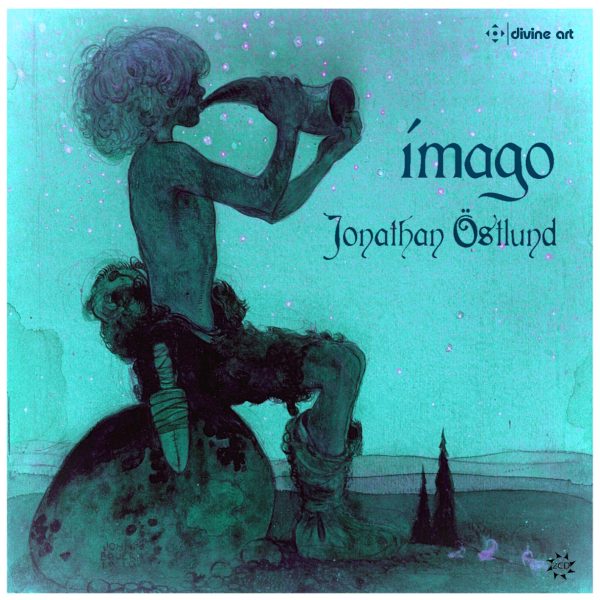Infodad
Modern choral music, no matter how well composed and performed, is something of a specialty item – and a new two-CD release on the Divine Art label, featuring the music of Jonathan Östlund (born 1975), is even more so. That is because there is such a large amount of material here – a true wealth of music for those already familiar with and interested in this composer, but an overwhelming offering for most potential listeners. The discs contain nearly two-and-a-quarter hours of material, and it is of all types: choral, vocal, chamber, and orchestral.
Sorting through all of this music, much less listening to it in the order presented (the sequence is essentially arbitrary), is a lot to ask of an audience; and the attempt to bracket the material by sandwiching it between the brief Imago Theme at the start of the first disc and Imago Theme 2 at the end of the second is not particularly useful. To the extent that there is any connection among these disparate works, it lies in the way that Östlund uses and pays tribute to the past. For one thing, Östlund frequently makes use of Impressionistic techniques, employing instruments and voices to emotive effects that are intended to elucidate scenes including La Neige de Noël, Turquoise Spring, Night of June, and Zephyr. For another thing, Östlund deliberately quotes from, paraphrases or creates fantasias or variations on specific music of the past, from Bach’s Komm süßer Tod, Komm selge Ruh to Reger’s Mariä Wiegenlied. This element of Östlund’s approach is most clearly on display in the seven-movement Bouquet (Suite for Two Clarinets), which is a set of fantasias – on a Swedish folk song, Brahms’ Hungarian Dance No. 5, and Debussy’s Afternoon of a Faun, plus The Last Rose of Summer, two parts of Mussorgsky’s Pictures at an Exhibition, and Tchaikovsky’s June. The mixing of classical and folk music works well, thanks to the specific items chosen by Östlund and his way of delving into their expressive potential. And in fact, a great many of the pieces heard here are inviting and pleasant to listen to, staying firmly in a tonal universe and paying respectful tribute to music of the past from a wide variety of sources, including several from Östlund’s native Sweden. Listeners unfamiliar with Östlund may be pleasantly surprised at the accessibility of his works and the consistent quality with which he produces them. And all the performances, by a very large number of soloists and ensembles, are engaging and effective. Nevertheless, this is a great deal of material by a single contemporary composer, and one whose sensibilities tend not to vary much from piece to piece. Therefore, for most audiences, this recording will be far more enjoyable in small doses than as a start-to-finish experience.
@divineartrecordingsgroup
A First Inversion Company
Registered Office:
176-178 Pontefract Road, Cudworth, Barnsley S72 8BE
+44 1226 596703
Fort Worth, TX 76110
+1.682.233.4978












